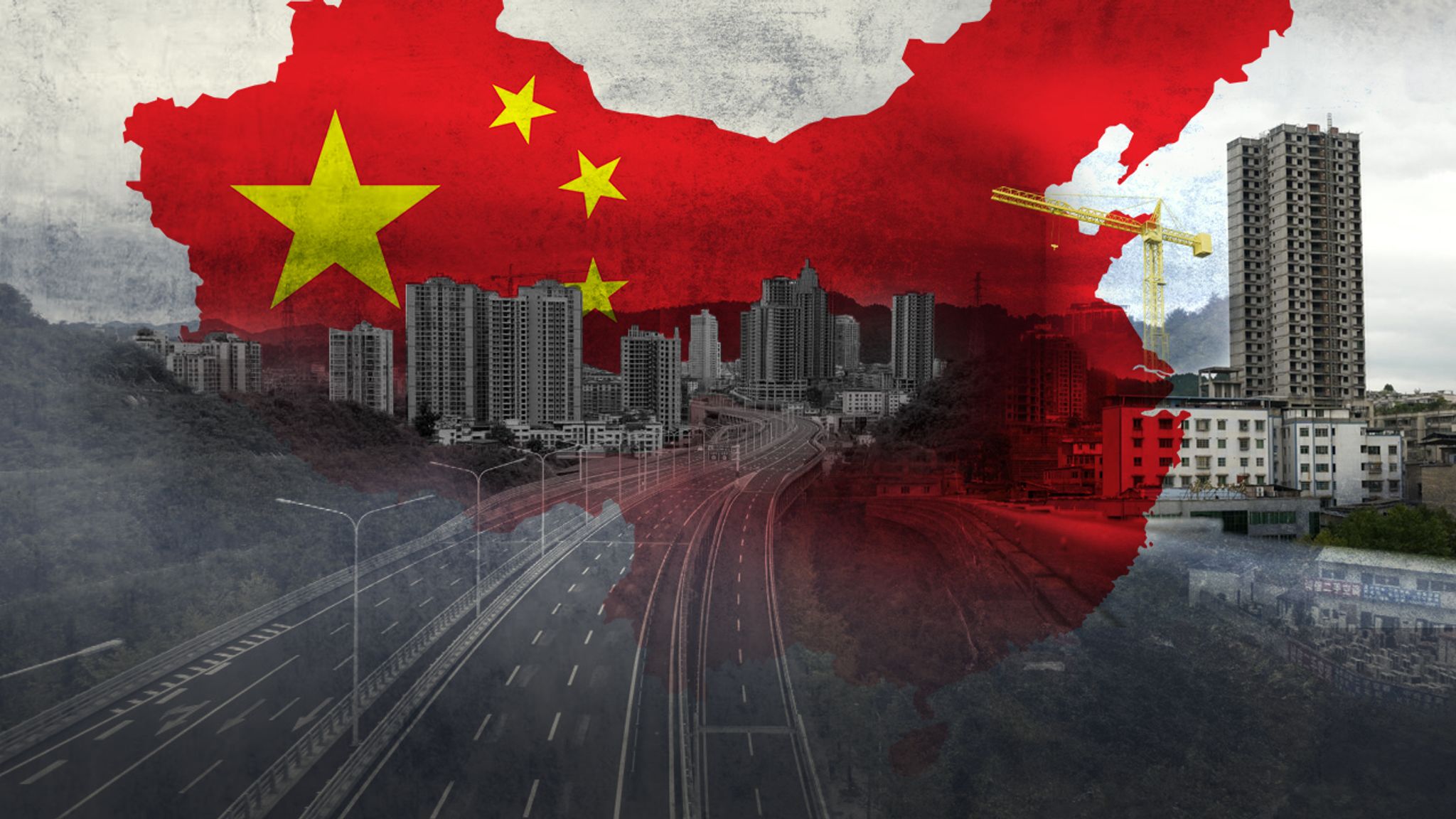تتجه
- النفط يصعد مع تصاعد المخاوف حول الإمدادات بعد منع ناقلات فنزويلية وترقّب محادثات موسكو–كييف
- صعود أسبوعي للذهب يقابله تسجيل الفضة لمستويات قياسية جديدة
- النفط يحافظ على استقراره مع زيادة المخاوف بشأن الإمدادات
- المعدن الأصفر يتخلى عن بعض مكاسبه مع تحليل بيانات التضخم في الولايات المتحدة
- النفط يقفز مع تراجع القيود الأميركية على فنزويلا وسط مخاوف زيادة المعروض العالمي
- الذهب يعود للصعود في ظل انتظار بيانات التضخم الحاسمة
- أسعار النفط تحافظ على مستويات متدنية قرب أدنى نطاق في خمس سنوات تحت ضغط فائض المعروض
- الذهب يستفيد بشكل محدود من بيانات البطالة الأمريكية لشهر نوفمبر
- تراجع أسعار الخام مع توقع فائض المعروض وتوترات الإمدادات الفنزويلية
- الذهب تحت ضغط جني الأرباح مع تقدم مسار السلام في أوكرانيا وعيون المستثمرين على بيانات الوظائف

